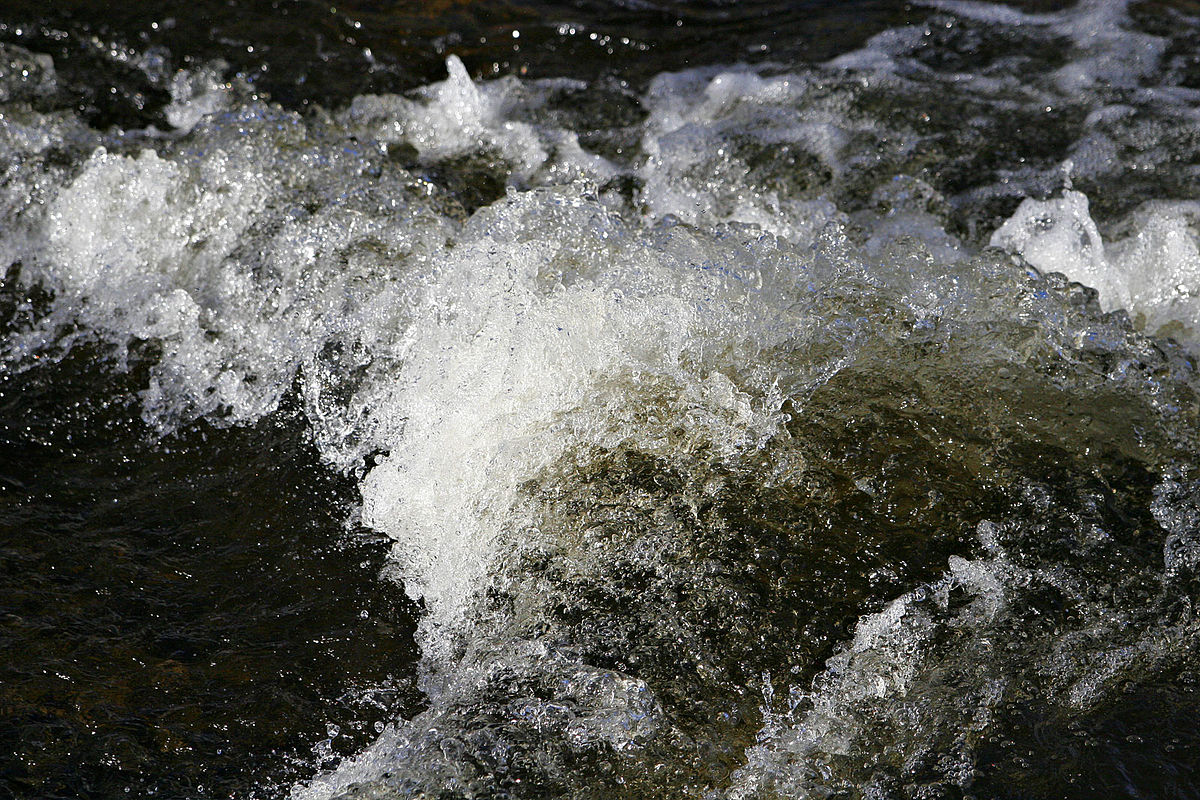Indeed EV itself is very old photography term meaning exposure value, which was huge deal in fully manual photography era.

en.wikipedia.org
But in modern automatic camera era it's been demoted and is used in relation to exposure compensation from that calculated by camera automatics.
+1 EV means one stop more light, which can be achieved by either doubling ISO value, doubling exposure time (50% slower shutter speed) or one stop bigger aperture.
Again -1EV means one stop less light.
In case of fixed aperture camera like
Air 2S, you can't adjust exposure by changing aperture and can only lower exposure (per time) by using ND filters.
Whose number tells what part of light it lets through:
ND2 halves the light and is equal to one EV/stop difference
ND4 drops light to quarter and is equal to two stops.
ND8 is third stop down, followed by ND16 etc.
Same limit applies when you want to use certain shutter speed to blur/soften fast motion in video. (whose fps is too low for motion speed)
Other direction is lot harder if you've already removed filters, aperture is maxed and shutter speed can't be slowed down anymore.
In those situations you simply need to increase ISO to maintain image brightness.











